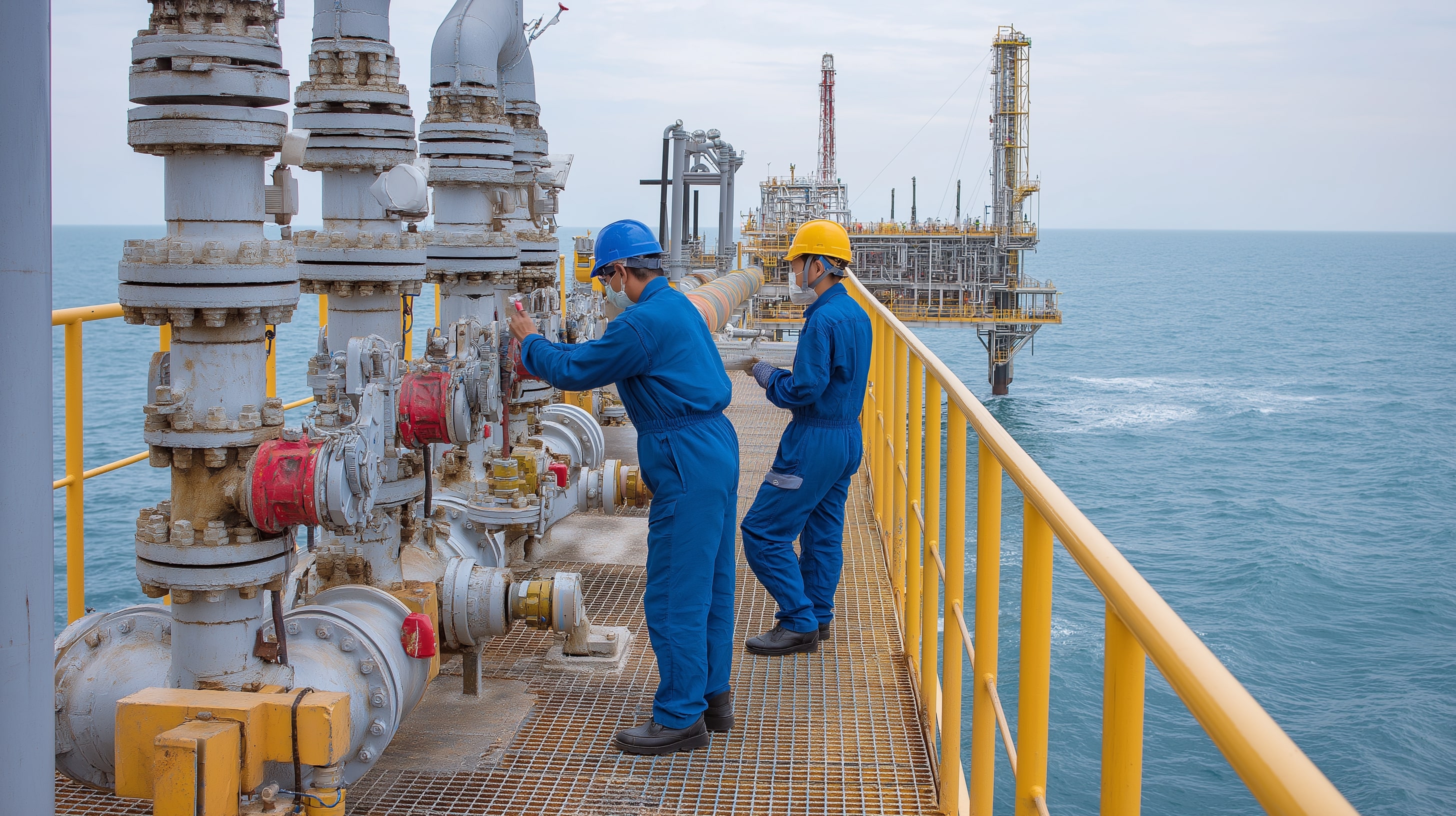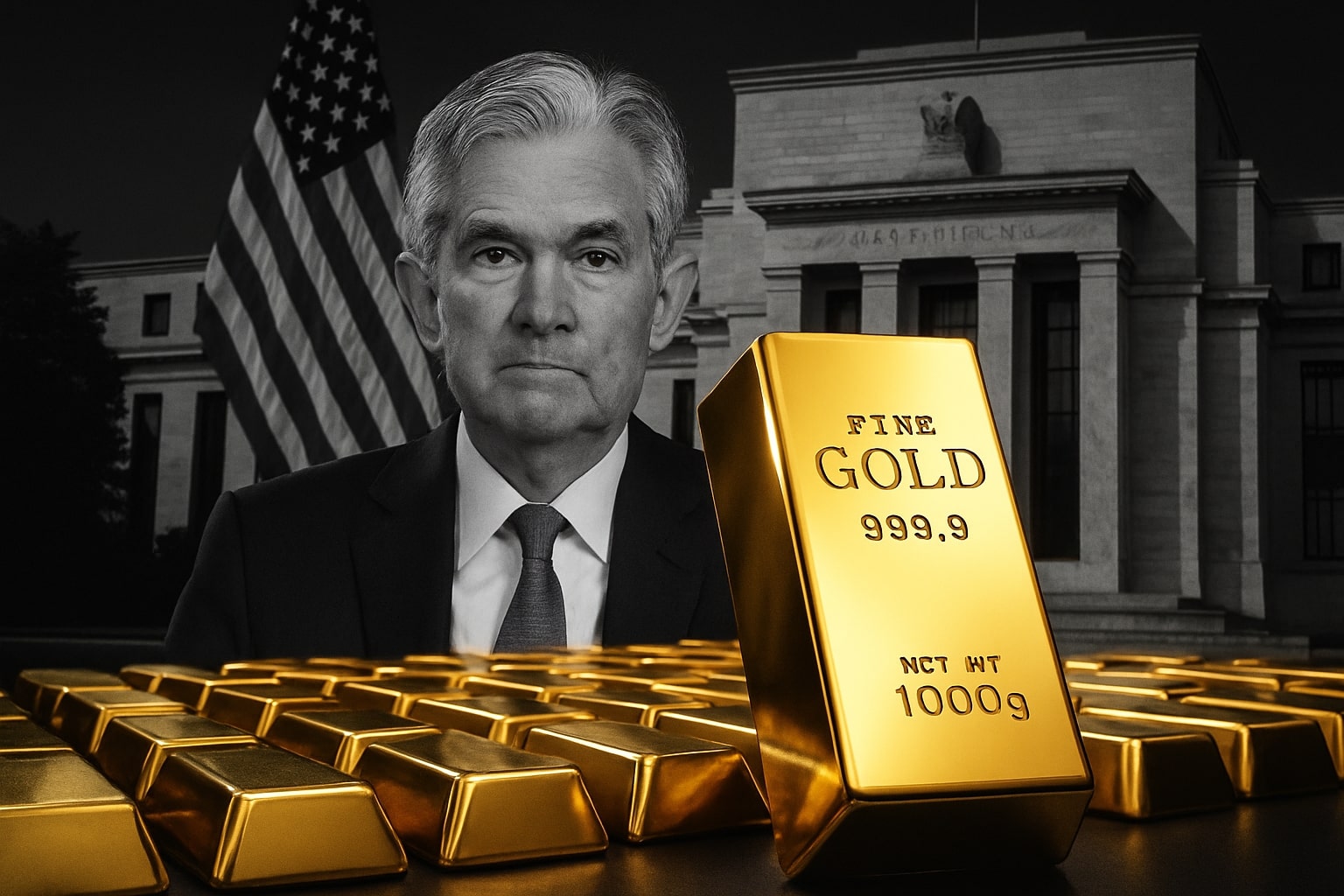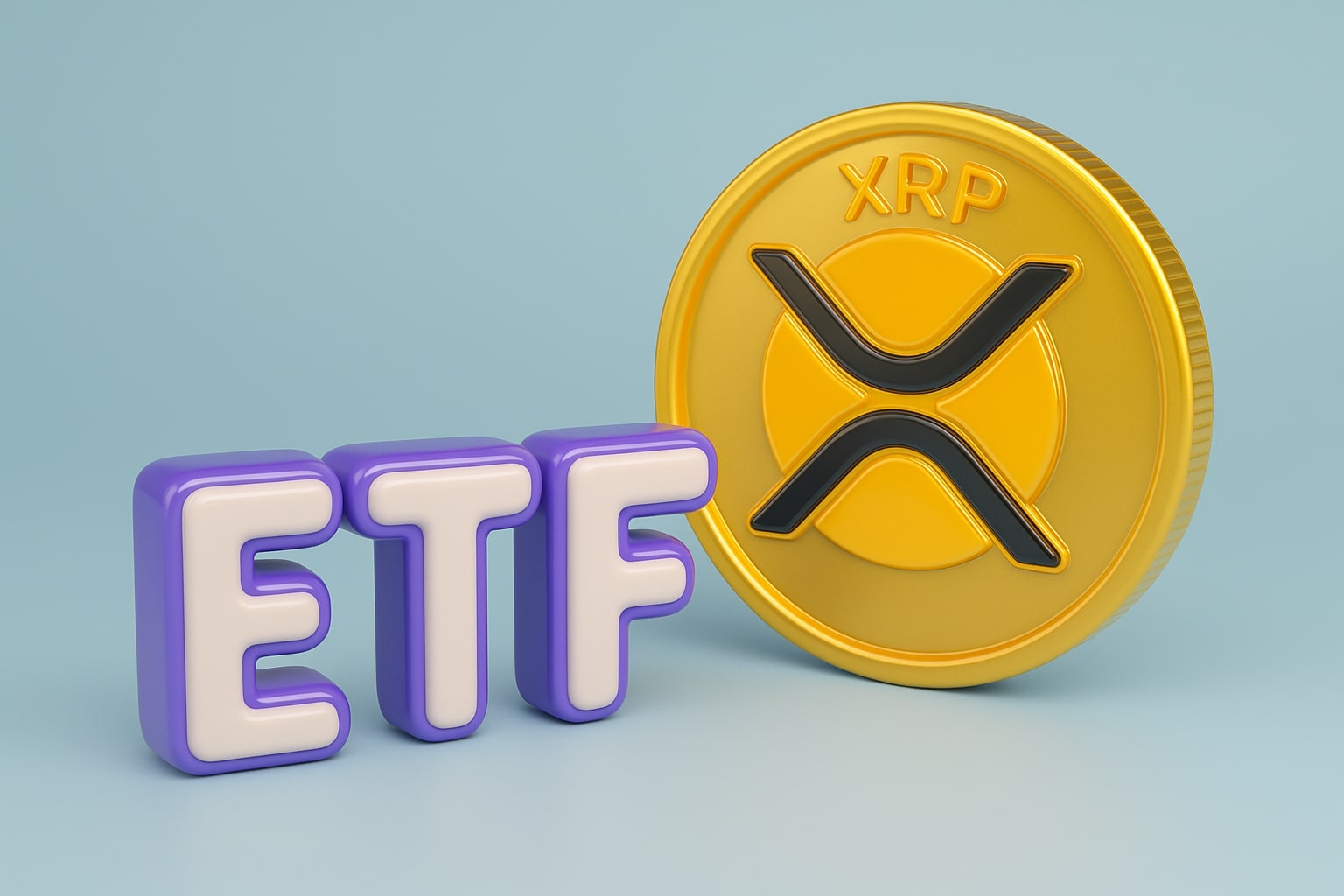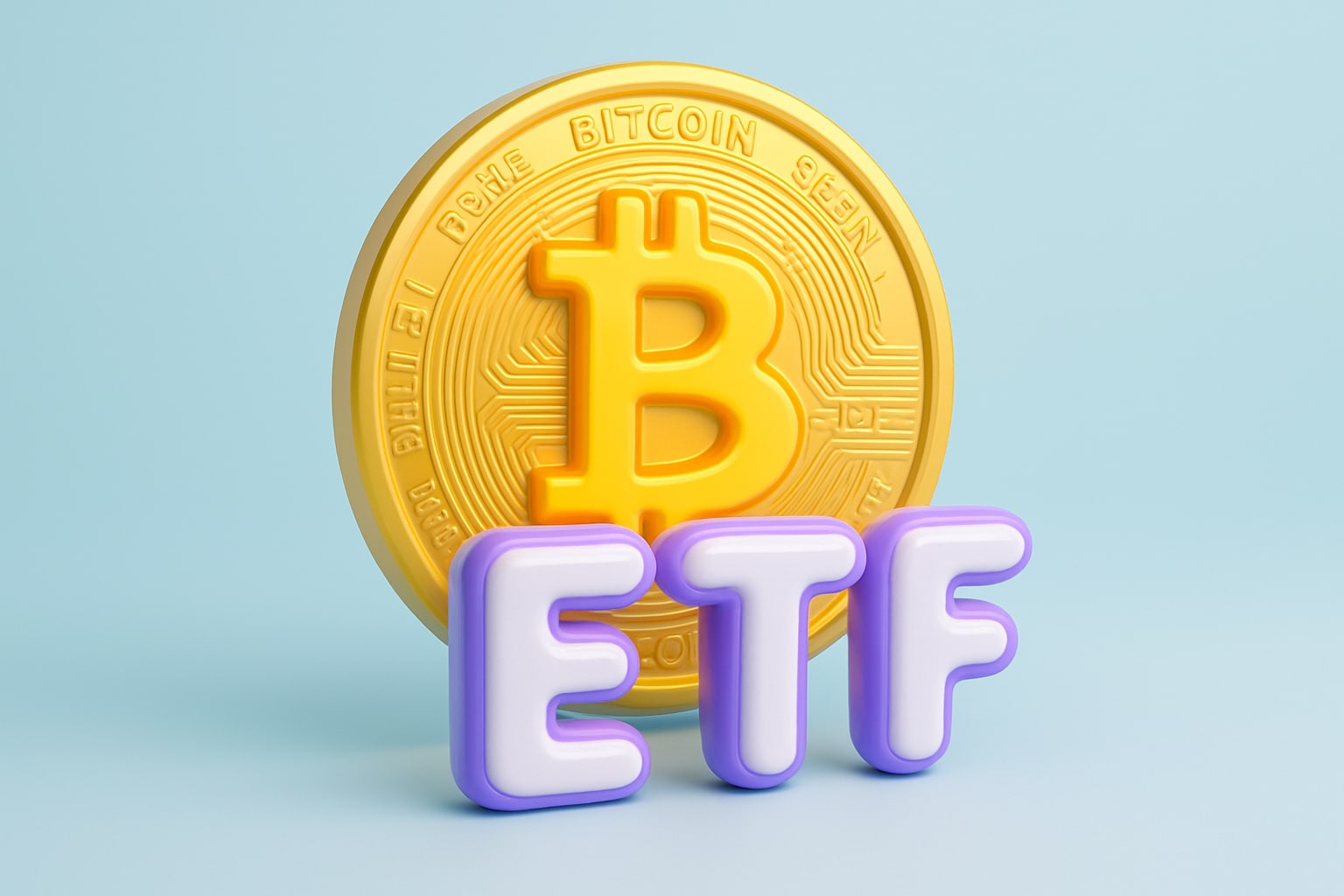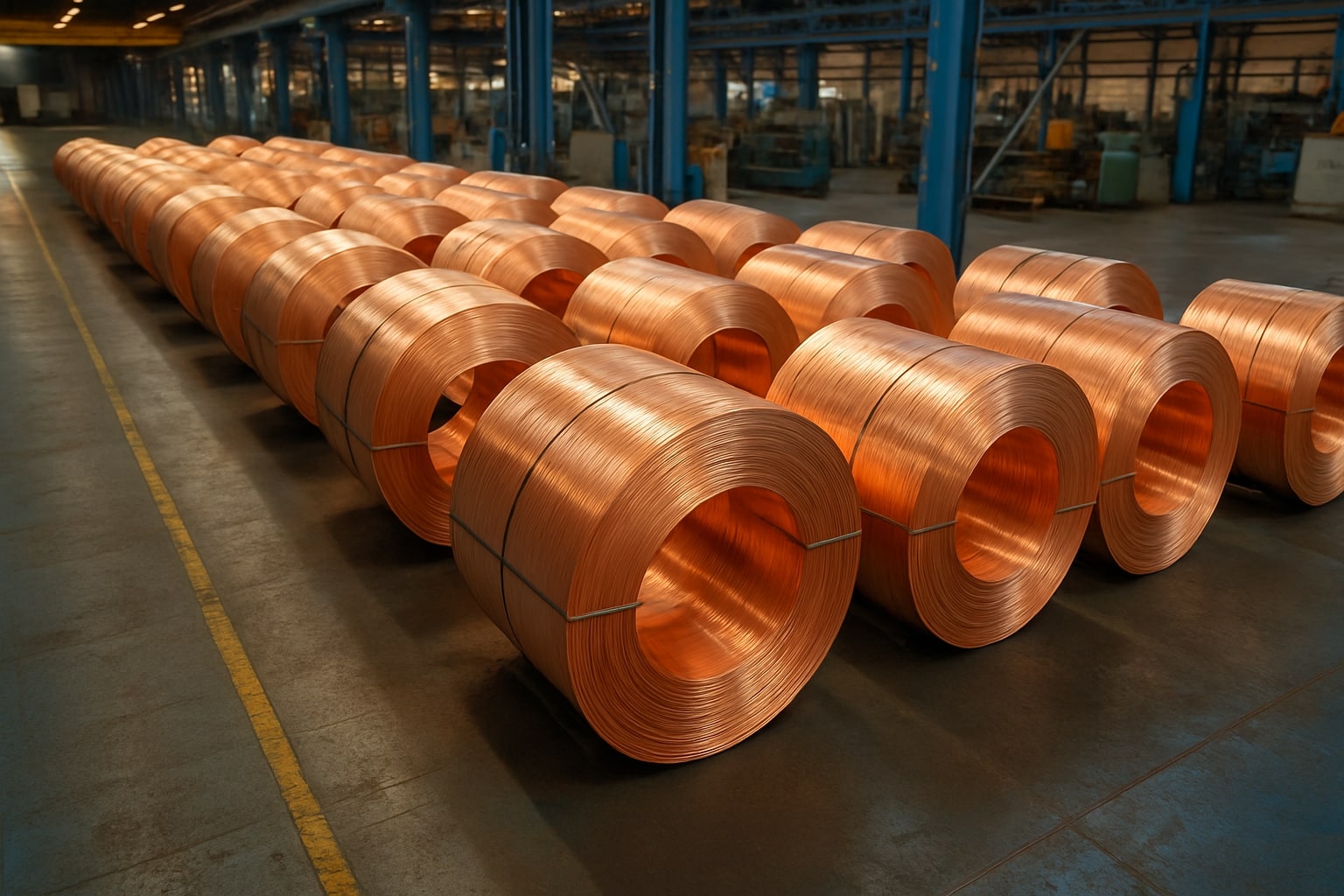
Copper Price Forecast: HG=F at $4.30 With Bulls Eyeing $4.75 Breakout
Fed’s dovish tone, China demand, and $1B institutional flows lift copper outlook as defense and AI infrastructure fuel long-term growth | That's TradingNEWS
Copper Price Forecast: HG=F Stabilizes Above $4.26 With Eyes on $4.75 Breakout
Copper (HG=F) is trading firmly above $4.26 per pound, drawing strength from Powell’s dovish Jackson Hole tone that sank the U.S. dollar and reinforced bets on a September Fed rate cut. The shift in rates has energized industrial metals broadly, with Shanghai copper futures climbing 1.25% to ¥79,690 per ton ($11,141), their highest level since late July. The current U.S. benchmark sits in a trading corridor between $4.30 and $4.62, with momentum leaning higher so long as support at $4.26 remains intact. A confirmed breakout above $4.62 could accelerate gains toward the $4.75 barrier, while a failure to hold above $4.06 risks a retracement to $3.88.
China Demand and Institutional Interest Keep Copper Supported
Chinese industrial demand is once again at the forefront of copper’s resilience. Seasonal buying has improved, with infrastructure-linked consumption propping up volumes. At the same time, a $1 billion institutional purchase of copper-linked assets, reportedly under discussion by funds including Galaxy and Jump, is signaling that large players are betting on sustained price strength. These flows come at a time when the IEA projects a 30% supply shortfall by 2035, reflecting ore depletion and slow new discoveries. Even before that structural gap emerges, tighter inventories in the U.S. and Asia are keeping pressure on buyers to secure supply ahead of the fourth quarter.
Geopolitics and Trade Shape Market Flows
Tariff dynamics remain a defining factor in copper’s near-term path. A Chinese copper manufacturer recently invested $100 million into a Texas factory, a move designed to bypass the 50% U.S. tariff on semi-finished copper products. By manufacturing locally, the firm ensures access to U.S. buyers without passing tariff costs along the supply chain, with Stellantis already confirmed as a customer. The factory, with a 3,000-metric-ton annual capacity target by 2028, illustrates how geopolitical trade barriers are redirecting investment rather than reducing copper demand. For copper futures, this shift signals stronger North American downstream consumption, which may offset some of the softness in export-driven flows.
Defense Spending and AI Infrastructure Boost Medium-Term Outlook
Goldman Sachs estimates Europe’s accelerated defense spending will raise regional metals demand by 6% by 2027, lifting global copper demand by 0.9% annually. Military systems rely heavily on copper for wiring, communications, and armored vehicle systems, adding a structural layer of demand. At the same time, the AI data center boom is driving parallel pressure on copper as hyperscalers race to expand capacity. With copper a core material for cooling and electrical systems, the dual tailwinds of defense and AI could elevate annual copper demand growth from 2% to 2.4%. Goldman projects copper prices could rise to $10,000 per metric ton in 2026 and $10,750 in 2027, compared with today’s ~$9,797 LME benchmark.
Technical Signals and Trading Range for HG=F
From a technical standpoint, copper remains positioned within a bullish channel as long as the $4.26 support level holds. The 55-day moving average is now acting as a reinforcement line for buyers, while stochastic momentum indicators are showing resilience despite recent overbought pressures. Key resistance lies at $4.62 and $4.75, levels that have capped previous rallies. A weekly close above $4.75 would confirm a breakout, opening a path to $5.00 in the coming months. However, if sellers regain control and HG=F slips below $4.06, the downside could extend sharply to $3.88, erasing much of this summer’s bullish build-up.
Verdict on Copper Prices
At $4.30–$4.35 per pound, copper (HG=F) is trading at a critical inflection point. Short-term momentum is bullish, driven by Fed cut bets, Chinese demand, and institutional flows, while the medium-term picture is anchored by defense and AI infrastructure spending that could keep the metal structurally undersupplied. Support at $4.26 remains decisive, while upside targets stretch toward $4.75 in the near term and $10,000 per ton on the LME by 2026. On balance, the setup favors a Buy stance as long as HG=F holds above $4.06, with dips toward $4.20 offering accumulation opportunities ahead of a likely Q4 breakout.
That's TradingNEWS
Read More
-
PFFA ETF Nears $21.50 as Rate Cuts and 9.49% Yield Spark Renewed Demand
29.11.2025 · TradingNEWS ArchiveStocks
-
XRPI and XRPR ETFs Ignite Ripple’s Institutional Rally as Inflows Near $1B and XRP Holds $2.20
29.11.2025 · TradingNEWS ArchiveCrypto
-
Natural Gas Price Forecast - NG=F Blasts to $4.85 as Demand Surge Fuel Multi-Month Breakout
29.11.2025 · TradingNEWS ArchiveCommodities
-
USD/JPY Price Forecast - Yen to Dollar Slides to 156.10 as Yen Strengthens on Fed Cut Expectations
29.11.2025 · TradingNEWS ArchiveForex














